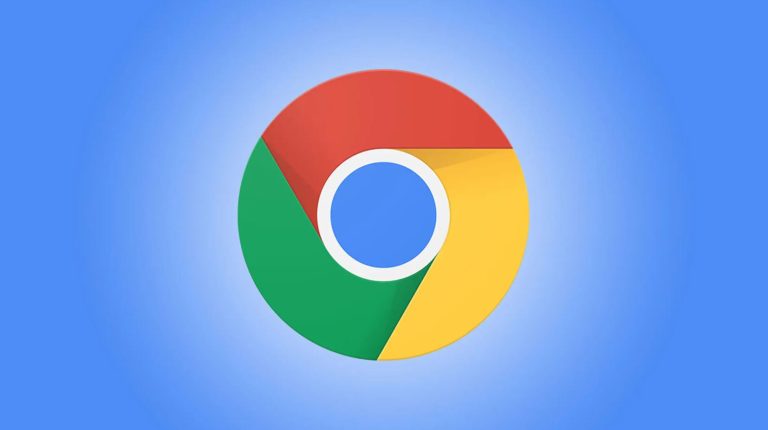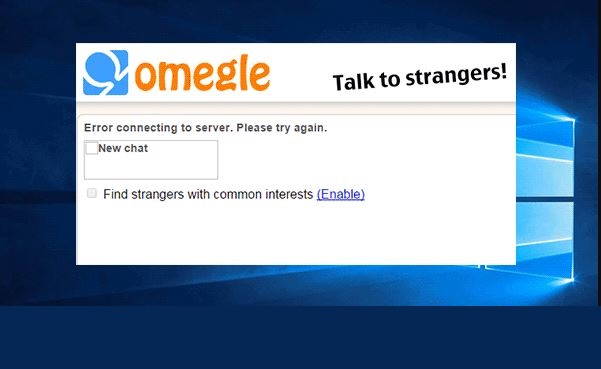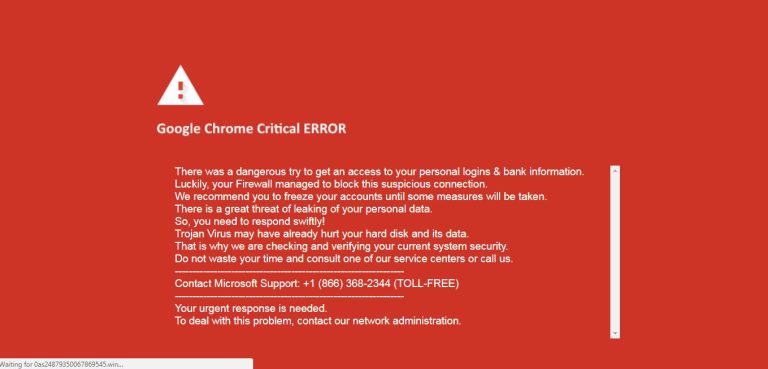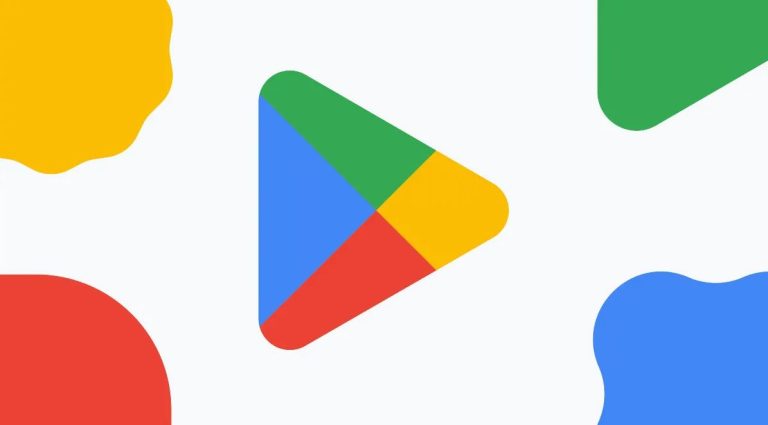Creating Landing Pages that Convert: Tips and Tricks
Creating or designing a landing page that effectively converts visitors into customers is a critical component of digital marketing and online business success. A well-crafted landing page can significantly boost your conversion rates, capturing the interest of your audience and guiding them towards taking a desired action. In this detailed guide, we’ll walk you through the essential steps and best practices for designing a landing page that converts, ensuring you maximize your online potential.
Understand Your Target Audience
The first step in designing an effective landing page is to understand your target audience deeply. Knowing who your visitors are, what they need, and what motivates them will allow you to create a page that speaks directly to their desires and concerns. Conduct market research, analyze your current customer base, and use analytics to gather data about your audience’s demographics, preferences, and behaviour.
Define Your Value Proposition
Your landing page should communicate your value proposition within seconds of a visitor arriving. This statement should articulate what makes your offer unique and why it’s valuable to your audience. A compelling value proposition addresses the specific benefits your product or service provides and how it solves a problem or fulfils a need for your customers.
Craft a Compelling Headline
The headline is often the first thing visitors will see and can make or break their decision to stay on your page. A team of web designers in Phuket suggested that a powerful headline should be clear, concise, and directly related to the value proposition. It needs to grab attention and make the visitor want to learn more about what you’re offering.
Design for Usability
A landing page’s design should prioritize usability, making it easy for visitors to navigate and find the information they need without getting frustrated. Use a clean, organized layout with plenty of white space to avoid overwhelming your audience. Ensure your page is mobile-friendly, as a significant portion of web traffic comes from mobile devices. Fast loading times are also crucial for keeping potential customers engaged.
Use High-Quality Visuals
Visual elements play a crucial role in landing page design. Use high-quality images, videos, or graphics that complement your message and demonstrate your product or service in action. Visuals can help explain complex features, showcase benefits, and create an emotional connection with your audience.
Highlight Benefits, Not Just Features
While it’s important to detail what your product or service does, focusing on how it benefits the user can be more persuasive. Translate features into benefits by explaining how they solve problems or improve the user’s life. Use bullet points for clarity and emphasize the most compelling benefits to keep the visitor’s interest.
Include Social Proof
Social proof, such as testimonials, customer reviews, or case studies, can significantly increase trust and credibility. Seeing that others have had positive experiences with your product or service reassures potential customers that they are making a wise decision. Feature social proof prominently on your landing page to leverage the power of peer recommendations.
Create a Strong Call to Action (CTA)
Your landing page should have a clear, strong call to action that tells visitors exactly what you want them to do next. Whether it’s to sign up, buy now, or learn more, your CTA needs to be noticeable and compelling. Use contrasting colours to make your CTA button stand out, and use action-oriented language that creates a sense of urgency or benefit.
Optimize for Conversion
Conversion optimization involves refining your landing page based on data and testing to improve performance. Use A/B testing to experiment with different elements, such as headlines, CTAs, and images, to see what combinations yield the best results. Pay attention to analytics to understand how visitors interact with your page and make adjustments accordingly.
Ensure Seamless Navigation
Your landing page should be a part of your website’s broader user experience, offering easy navigation to other relevant sections or information. However, be cautious with the number of links you include on your landing page. Too many options can distract visitors from the primary action you want them to take. Ideally, keep the navigation simple and focused to guide visitors towards conversion.
Conclusion
Designing a landing page that converts requires a deep understanding of your audience, a clear articulation of your value proposition, and a strategic design that guides visitors towards taking action. By focusing on these key elements and continually optimizing based on data and user feedback, you can create a landing page that not only attracts visitors but converts them into loyal customers. Remember, the goal is to make it as easy as possible for visitors to see the value of your offer and take the next step in their customer journey with your brand.






![Is AXS Tickets Legit? – Review, Features, Pros & Cons [2024]](https://thetechyinfo.com/wp-content/uploads/2024/03/Is-AXS-Tickets-Legit-768x430.jpg)
